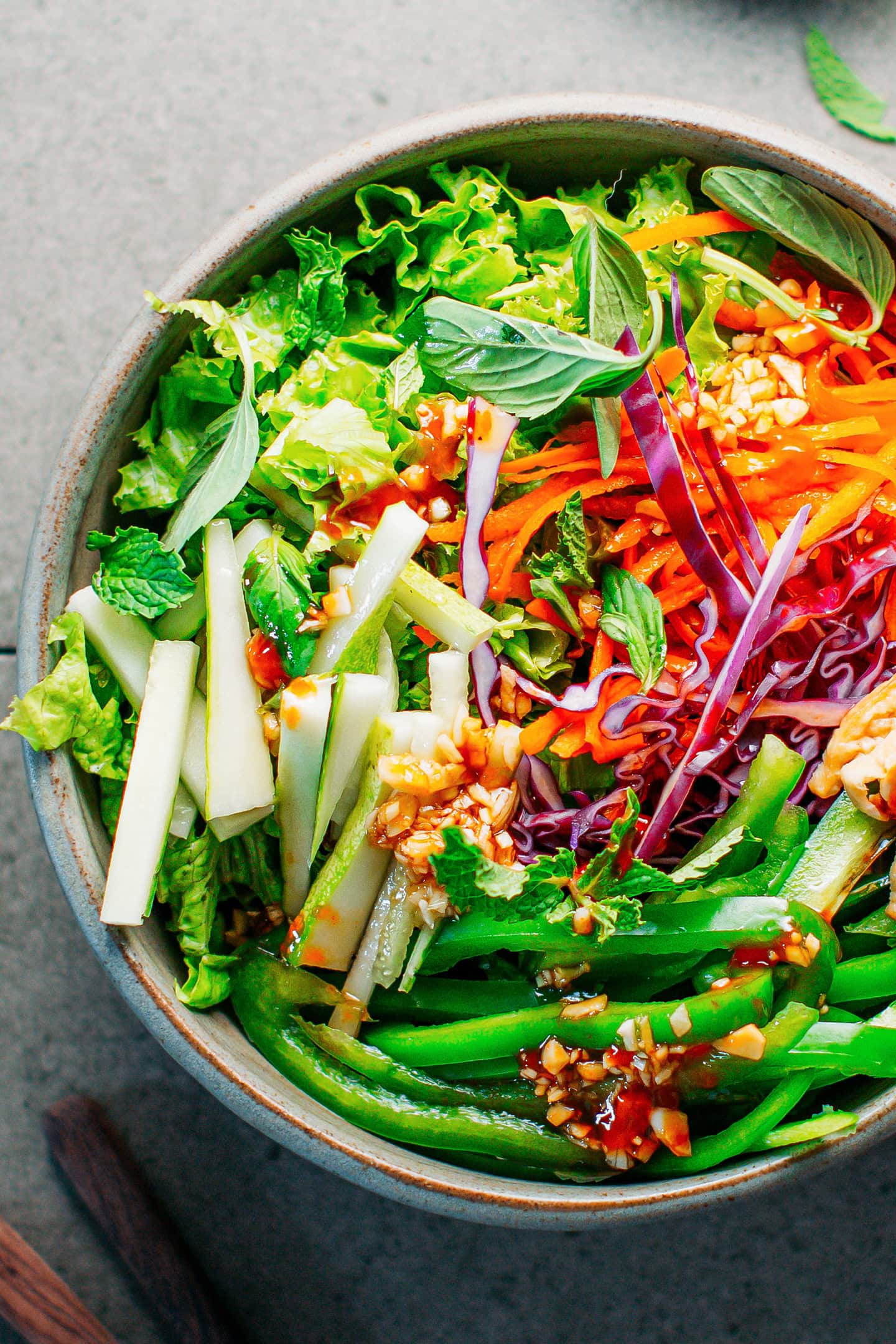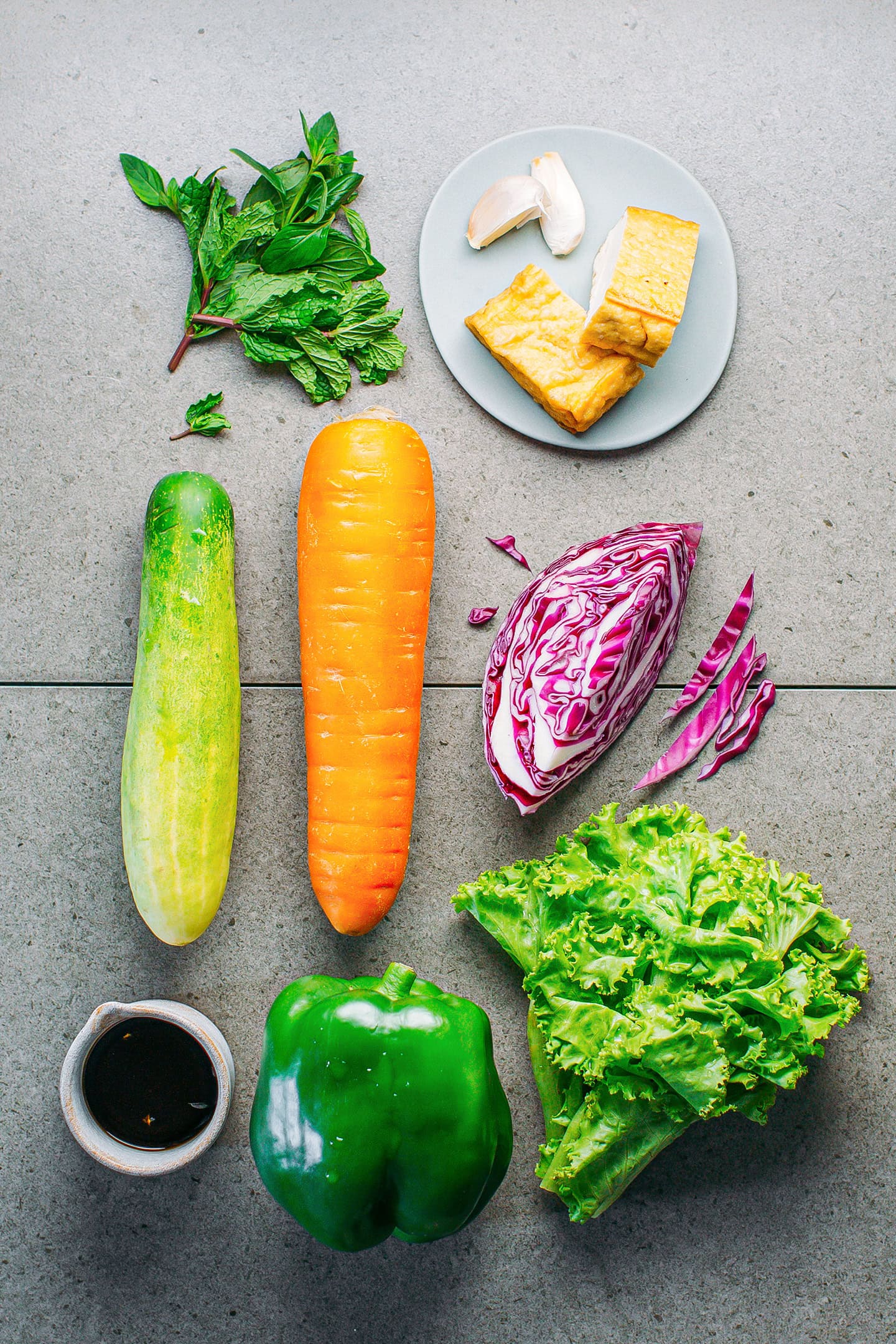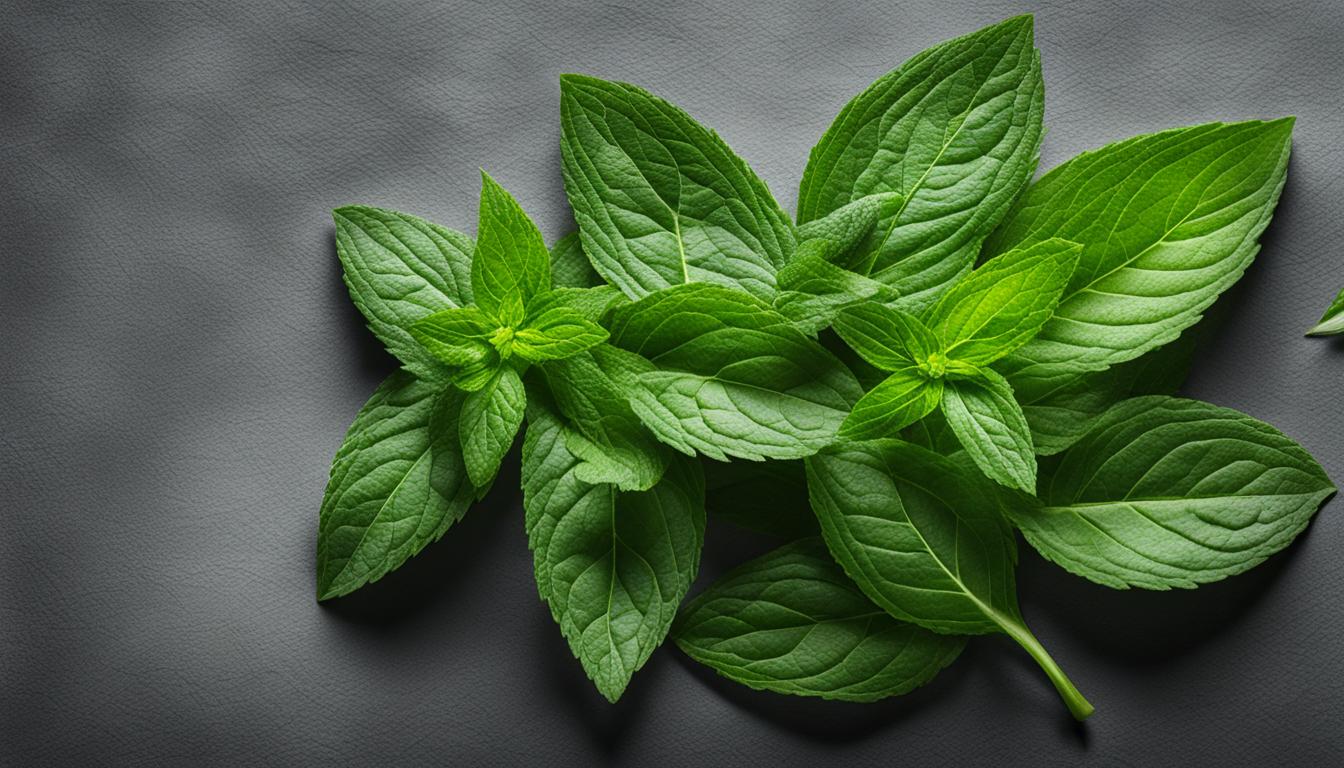Mint and basil are two of the most widely used fresh herbs in cuisines around the world. With their vibrant green colors and fragrant flavors, they impart a wonderful aromatic quality to dishes. But do mint and basil actually pair well together? Let’s take a closer look at combining these herbs.
The Flavor Profiles of Mint and Basil
To understand how mint and basil work in tandem, it’s helpful to understand their individual flavor profiles:
- Mint has a refreshing, soothing flavor with notes of menthol and a slight spiciness. It provides a cool, bright taste and aroma. Mint is commonly used in Mexican, Indian and Middle Eastern cuisines.
- Basil has a sweet peppery and clove-like flavor. It imparts an herbal almost anise-like quality. Basil is essential in many Italian and Southeast Asian dishes.
While mint and basil have their own distinct tastes. they share some similarities that allow them to blend well
- Both have a certain spiciness and herbaceous quality.
- They provide fresh, bright flavors that lend vibrancy.
- When used properly, neither herb overpowers a dish.
With complementary flavors and aromas, mint and basil combine to make an excellent culinary pairing.
Are Mint and Basil Substitutes for Each Other?
While mint and basil can be used together successfully, they are not exact substitutes for each other. Some key differences:
- Basil has a stronger, more pronounced flavor than mint.
- Mint’s flavor is cooler and more refreshing.
- Basil works better in heated applications like sauces, while mint is often added raw.
- Mint pairs well with fruits and sweets; basil does not.
If a recipe calls for one herb specifically, the other is likely not an ideal substitute on its own. However, you can use proportions of each herb together to find a good flavor balance if you don’t have just one on hand.
Cooking with Mint and Basil
When combining mint and basil in recipes, balance is key to prevent one herb from dominating. Here are some tips:
- Use more of the milder mint than the assertive basil. Start with twice as much mint.
- Chop or tear the herbs into small, uniform pieces to distribute flavors evenly.
- Add them simultaneously rather than sequentially so flavors can blend.
- Incorporate the herbs at the end of cooking to preserve their fresh tastes.
- For raw applications like salad dressings, add one herb first and the other just before serving.
Here are some recipe ideas that benefit from mint and basil:
- Pesto – For a twist, use 2 parts basil to 1 part mint.
- Salad dressings and marinades – The herbs brighten up vinegars and oils.
- Salsa verde – Blend into the fresh Italian sauce.
- Vegetable or fruit salads – Toss with citrus, melons, tomatoes, cucumbers.
- Grilled meats, fish and shrimp –Apply a mint-basil paste or sprinkle as a garnish.
- Cocktails – Muddle into lemonade, mojitos, juleps and fruit punches.
- Desserts – Add to ice cream, mint chocolate treats, fruit salads.
In these dishes, the basil and mint combine to create a vibrant, herbal flavor more complex than either herb alone.
Growing Mint and Basil Together
If you want abundant access to both herbs, consider growing them together in your garden. A few tips:
- Plant in separate containers near each other for easy harvesting.
- Or plant far apart in a garden bed since mint spreads rapidly.
-Grow in full sun to partial shade depending on climate.
- Fertilize monthly during the active growing season.
- Water when the soil dries out but avoid over-saturation.
- Prune back mint often and pinch basil for bushier plants.
- Harvest sprigs frequently to encourage new growth.
Growing mint and basil together provides a constant supply of fresh herbs to blend in recipes.
Storing Mint and Basil
Like most fresh herbs, mint and basil don’t stay fresh forever. Follow these storage tips:
- Store unwashed sprigs in loose plastic bags in the refrigerator crisper drawer.
- For basil, trim stems and stand upright in a glass of water (like flowers).
- Keep for 5-7 days, changing the water every 2 days.
- Freeze chopped herbs with a bit of olive oil in ice cube trays for longer storage.
- Or make herb pastes, pesto, flavored oils or vinegars to freeze.
- Dry the herbs separately for storage; don’t use dried pre-mixed blends.
Proper storage keeps mint and basil viable for inclusion in both everyday and gourmet dishes.
Should You Combine Mint and Basil?
While mint and basil each shine on their own, combining them thoughtfully can result in a flavorful culinary partnership. Their aromatic flavors and colors provide an invigorating accent to dishes. Just keep the mint-to-basil ratio and adding techniques in mind. Growing and cooking with these herbs together will allow you to enjoy their versatility in the kitchen.
Slice the vegetables
- Prep the veggies. Cut the green bell pepper, cucumber, and tofu into thin sticks. Peel and shred the carrot. Thinly slice the red cabbage and lettuce. Next, roughly chop the fresh basil and mint.
- Transfer to a mixing bowl. Transfer the sliced veggies to a large mixing bowl.

- Toss everything. Finally, add the dressing and stir to mix the vegetables with it.
- Serve. You can serve this salad right away, or put it in the fridge for 30 minutes to cool down.

Simple to whip up.
It starts with a mix of crunchy vegetables, like red cabbage, carrots, and bell peppers, that you cut into thin strips and then toss with the dressing. It only takes one bowl to make (or two if you use a different one for the dressing) and less than 15 minutes to serve!
What I love about this salad is that it can be easily customized to fit everyone’s palate. Are you not a fan of green bell peppers? Swap them out for sliced zucchini or red onions. Want to make it heartier? Add your favorite plant-based protein. The options are endless, and I’m sharing different add-ins you can incorporate in the Variations section below.

Fresh leafy lettuce makes the base of this salad. You can use any green salad, such as Romaine, red leaf, arugula, baby spinach, or even kale!.
Basically, you want to use 4 cups of your veggies of choice. Carrots, cucumber, red cabbage, and green bell pepper are what I choose because they have a lot of different colors and textures.
How to slice them: I suggest slicing your veggies into thin and long strips rather than dicing them. This makes the salad more interesting to the taste and easier to eat with chopsticks (though you can still use a fork!).
To make the salad heartier, I add thinly sliced tofu. You can use fried tofu or firm tofu that has been fried in a pan for a few minutes until it is golden brown all over.
Substitute: Use your favorite plant-based meat! Thinly sliced vegan chicken, sautéed tempeh, or even seitan are great substitutes.
Next, we have our fresh herbs: mint and basil. They go well together; the basil adds a sweet and spicy note, and the mint gives it a mentholated, almost citrusy taste.
I recommend chopping the mint leaves while leaving the basil leaves whole. I prefer having whole basil leaves in salads, but that is up to you!.
Note: For an anise aroma, feel free to replace the basil with Thai basil.
The dressing is inspired by Vietnamese and Thai recipes. Instead of using the traditional fish sauce, I rely on soy sauce for the umami and saltiness. Then, to make the dressing healthier, I used maple syrup instead of granulated sugar (you can also use agave syrup).
Finally, for the aromatics, I use finely chopped garlic, grated ginger, and fresh lime juice for brightness. A drizzle of toasted sesame oil and sriracha finishes the dressing by adding toasty and spicy flavors. Note that you can omit the sesame oil if you want to keep this salad oil-free.
Change it to gluten-free: To make this salad gluten-free, use tamari or coconut aminos instead of soy sauce.
Lime juice substitute: You can replace the lime juice with lemon juice or white vinegar.
A MINT’S CURSE | Mint plant care that you should know
FAQ
Does mint pair well with basil?
Are basil and mint compatible?
What herb pairs well with mint?
Which herbs go best with basil?
Do Basil and mint go well together?
Since basil is part of the mint family, it makes sense that basil and mint go well together. You can add a combination of the two herbs in any recipe that uses mint such as this Raw Kiwi Tart with Ginger, Mint and Coconut. Mix basil and mint in pesto and vinaigrettes. This combination is an incredible way to flavor vegetables like zucchini.
What is the difference between Basil and mint?
A strong menthol flavor and a cooling sensation in the mouth accompany that aroma. Like basil, drying mutes the brightness of fresh mint and leaves a flavor that is more muddled but still recognizable. Can basil be used in place of mint? And vice versa? Both basil and mint are members of the same family, meaning they share certain properties.
Is mint a good substitute for Basil?
Mint can also be used in some dishes that call for basil. For example, it can do a good job of replacing basil in a pesto; however, its sweetness may make it an unsuitable basil alternative in a traditional marinara sauce. –> Learn More: What’s A Good Mint Substitute? Do mint and basil provide the same or similar nutritional benefits?
What is the difference between Basil and spearmint?
Spearmint is one of the most popular mint varieties and has an aroma that can be described as sweet and herbal. A strong menthol flavor and a cooling sensation in the mouth accompany that aroma. Like basil, drying mutes the brightness of fresh mint and leaves a flavor that is more muddled but still recognizable. Can basil be used in place of mint?
- The Ultimate Guide to Growing Strawberries in Raised Beds - August 8, 2025
- No-Dig Garden Beds: The Easiest Way to Grow a Beautiful Garden - August 6, 2025
- How to Protect and Preserve Wood for Raised Garden Beds - August 6, 2025

